Digital Smile Design (DSD) for Non-Prep Feldspathic Veneers
Machine translation
Original article is written in PT language (link to read it) .
Introduction
The current philosophy of ceramic veneers is part of a concept of Biomimetic Dentistry, that is, a minimally invasive philosophy, where there is increasingly less wear of the dental structure.
This dental wear is only necessary to create space (and insertion axis) for the ceramic piece, not performing additional wear as a form of mechanical retention, basing the entire concept on adhesion principles.
Today, patients seek quick answers, always looking for beauty and perfection, which is why the desire for health and beauty guides customs that reflect a greater exposure of the body, and also of a beautiful smile.
This obsession with beauty and a beautiful smile is reflected in the development and evolution of new techniques with ultra-conservative ceramic pieces. Digital planning tools have helped improve case planning, as well as allowing patients to appreciate the final result before starting any type of work.
Ceramic veneers are part of the daily routine of ultra-conservative treatments and allow for modifications in the shape, size, position, or color of teeth. When bonded to enamel, they have success rates of around 95% after 15 years.
This article presents a clinical case where digital planning through DSD (Digital Smile Design) was the basis for creating six no-prep ceramic veneers, without using any type of direct or indirect mock-up trial.
Clinical case
A 31-year-old female patient, with no relevant health issues, sought conservative treatment to close the diastemas. After an initial evaluation, we understood that it could be a case for no-prep ceramic veneers. The patient had time constraints, as she did not live in Portugal, so she wanted a quick treatment. After clinical evaluation and radiography, initial photographs and videos were taken to enable digital planning. A plan was developed using DSD (Digital Smile Design) software, which allowed us, on one hand, to show the patient the final result and, on the other hand, to communicate with the laboratory the ideal size of our bonded ceramic restorations. The choice of feldspathic ceramic is due to its biological and mechanical behavior similar to dental enamel. In the first consultation, after the digital planning was approved by the patient, the sharp angles on the incisal edges of teeth 13 to 23 were eliminated using a Sof-lex XT Gross Reduction disc (3M). Subsequently, a two-step impression was made with a putty silicone (Aquasil Soft Putty, Dentsply) and an extra light silicone (Express 2 Ultra Light Body Quick, 3M). The impression of the opposing model was made with alginate (Hydrogum 5, Zhermarck) and the maximum intercuspation record was made with Occlufast (Zhermarck).
In the second appointment, after seven days, the feldspathic ceramic veneers were bonded, made by the laboratory from a Geller model.
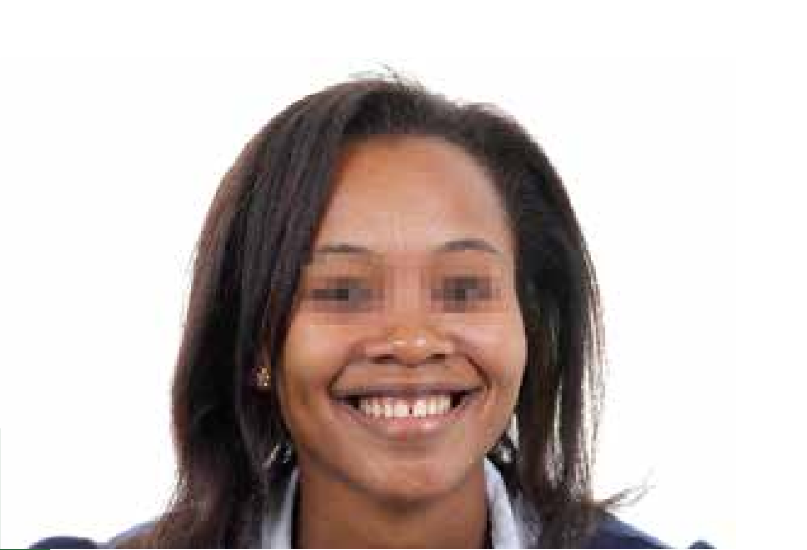
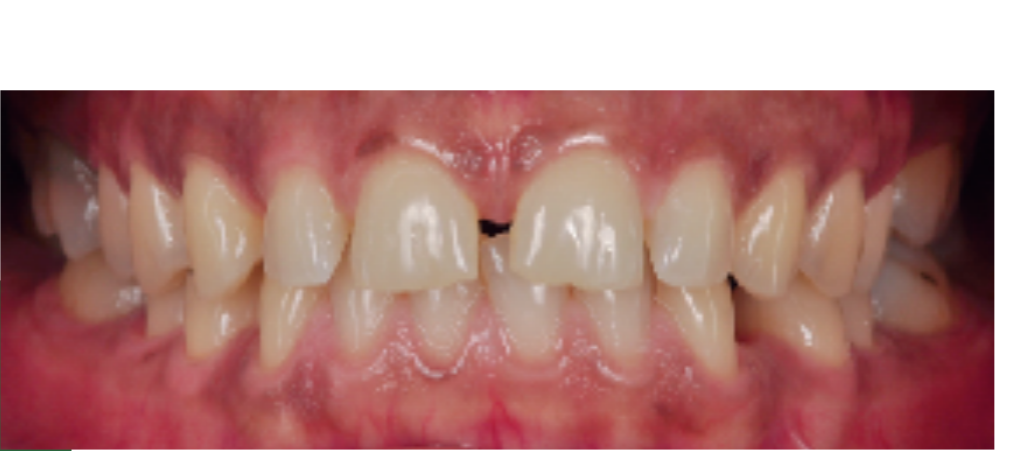
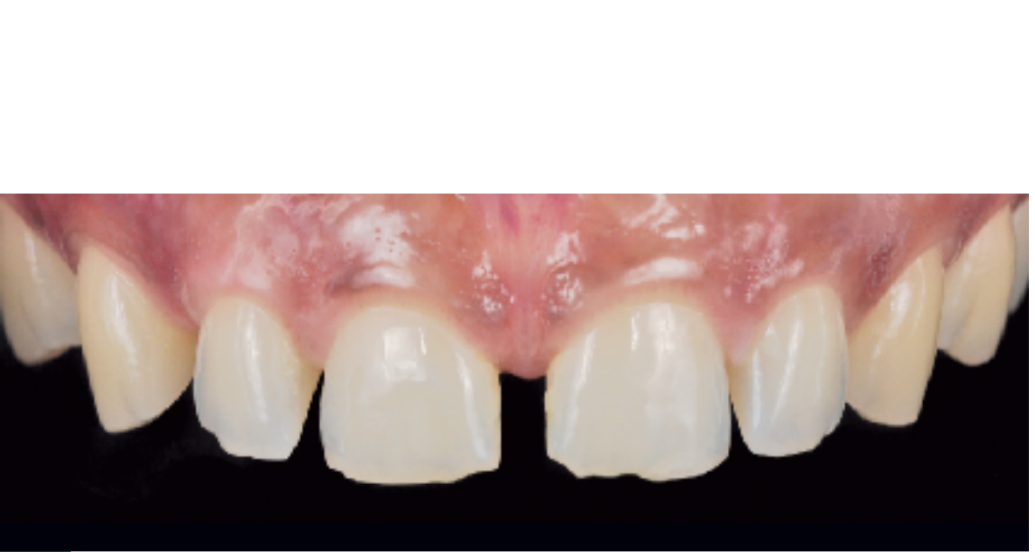
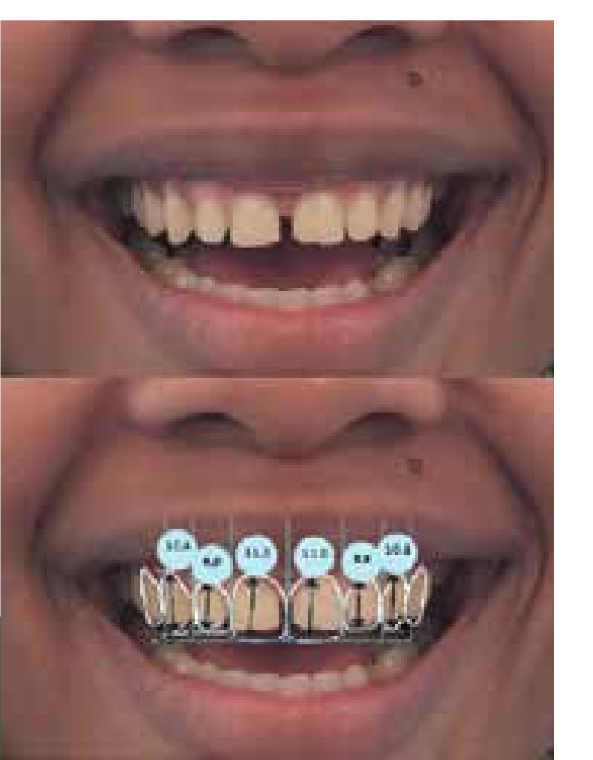
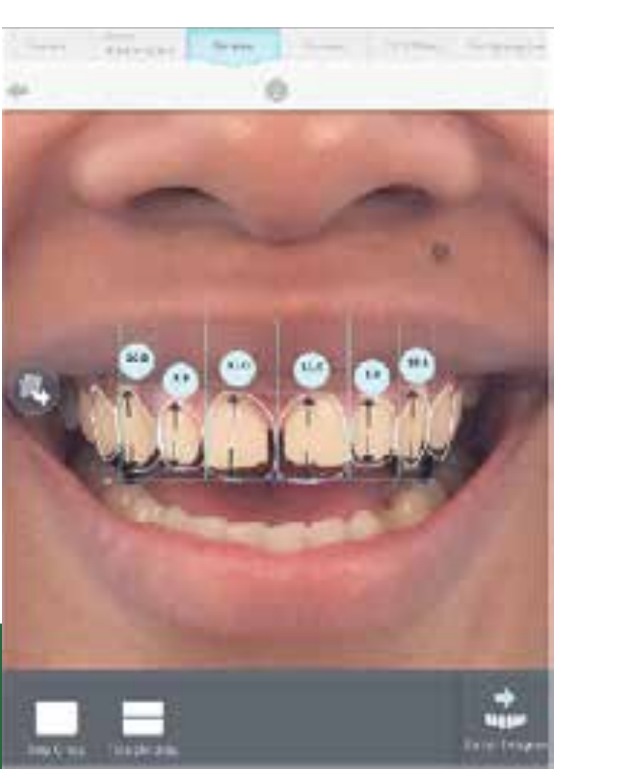
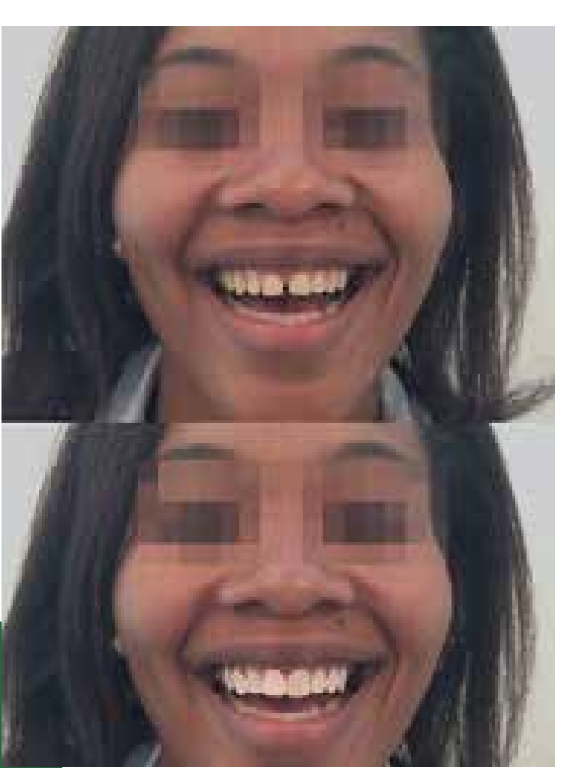
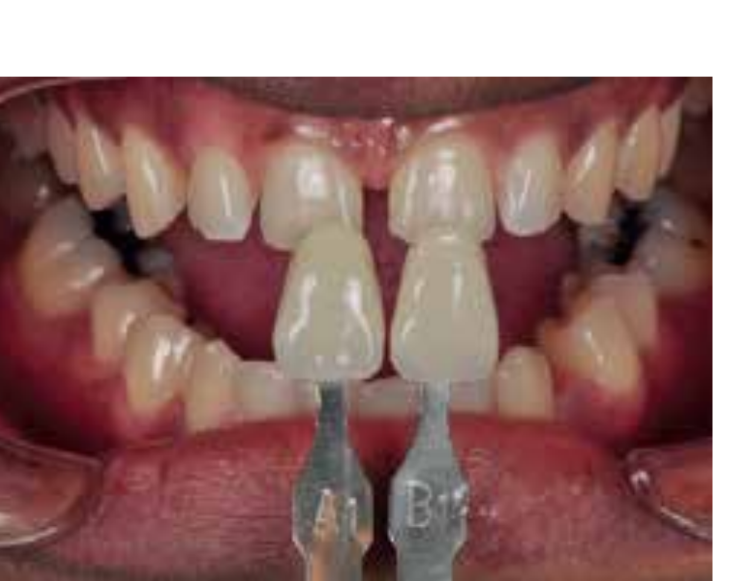
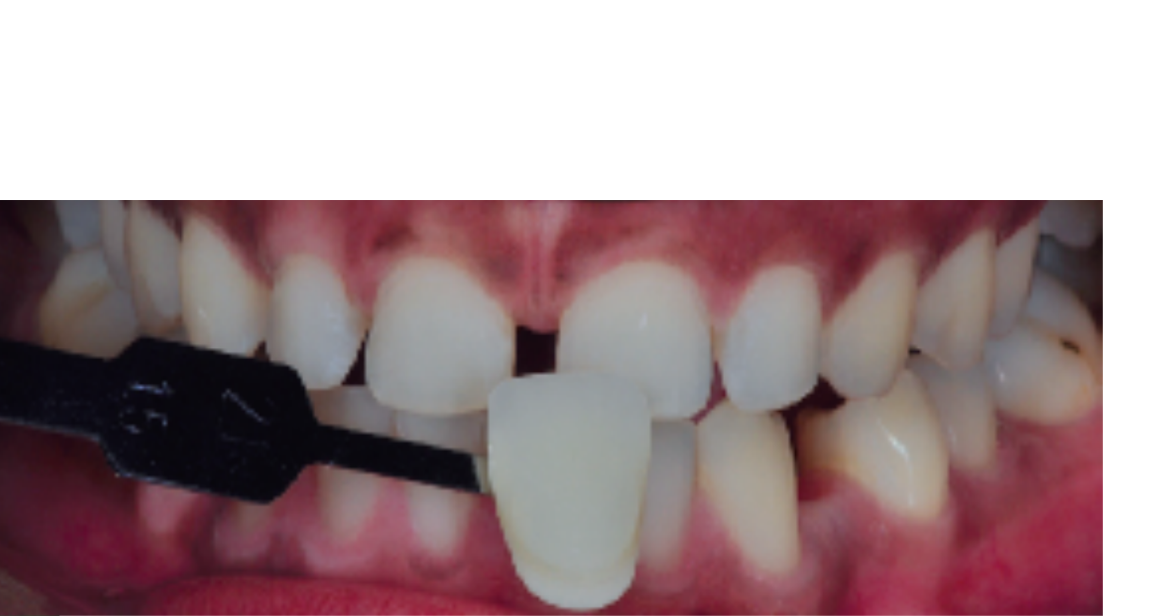
Adhesion protocol for non-prep ceramic veneers:
Tooth preparation:
- Absolute isolation.
- Cleaning the teeth with glycine powder (Air Perio Flow, EMS).
- Try in the pieces individually, then all the pieces together and then apply glycerin to visualize the final result after adhesion.
- Placement of clamp and testing of the piece.
- Apply 37% phosphoric acid for 30 seconds.
- Abundant washing with water for one minute.
- Dry well and apply 95% alcohol, drying again.
- Apply Optibond FL adhesive (Kerr) and do not polymerize.
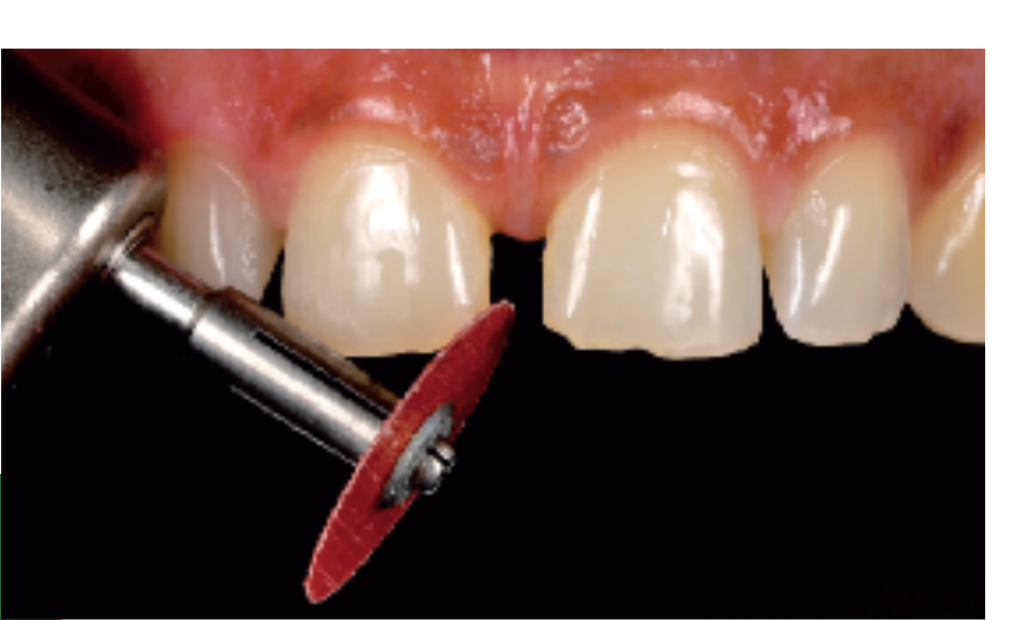
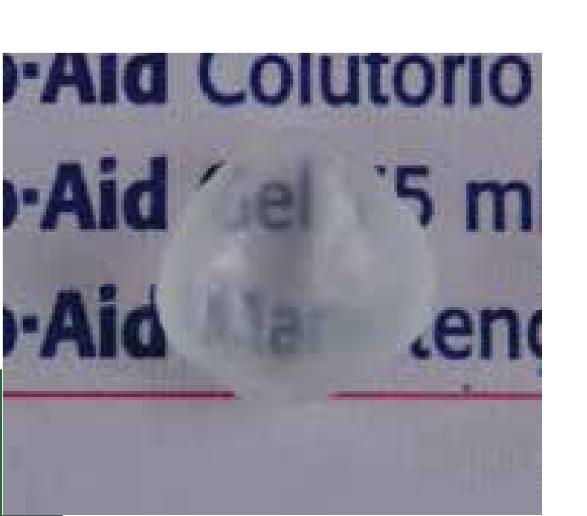
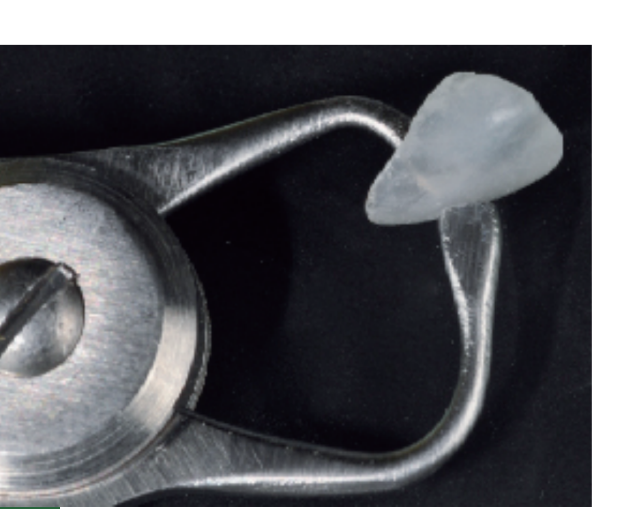
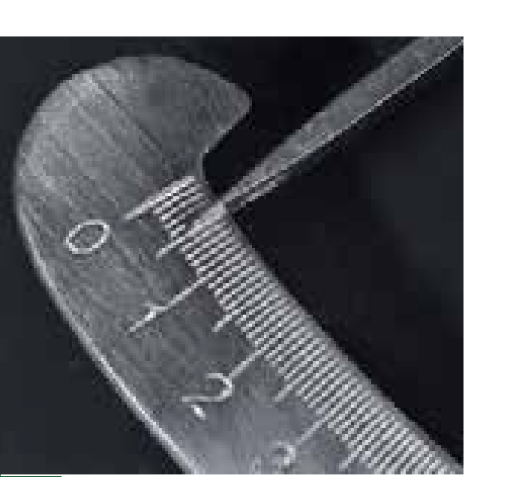
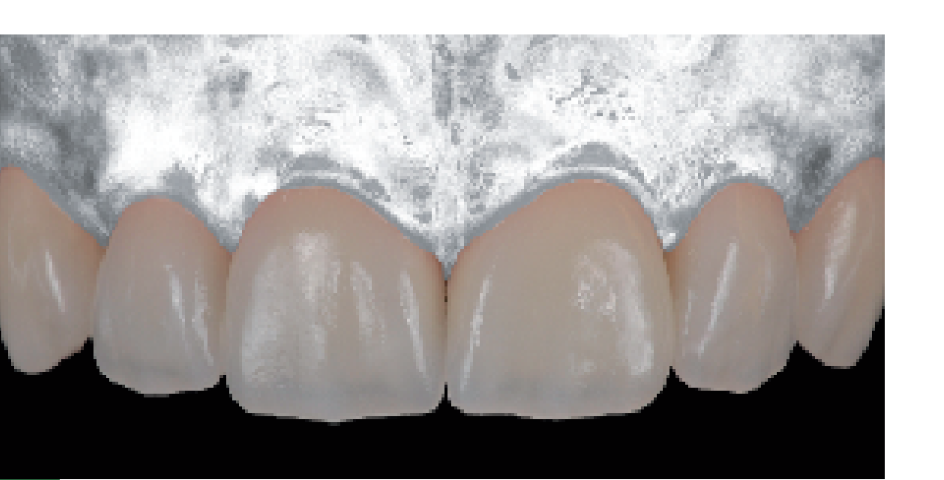
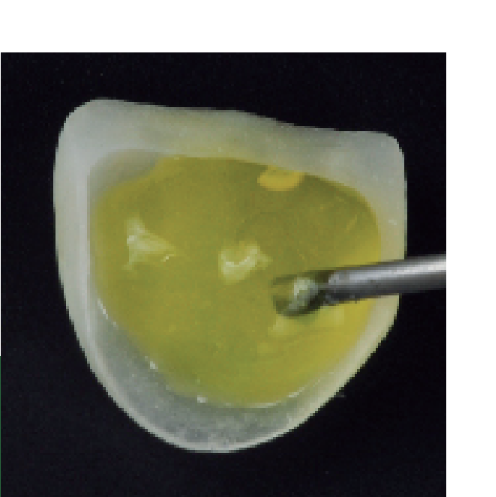
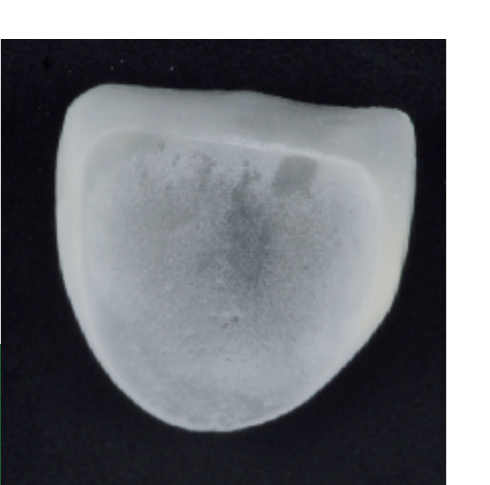
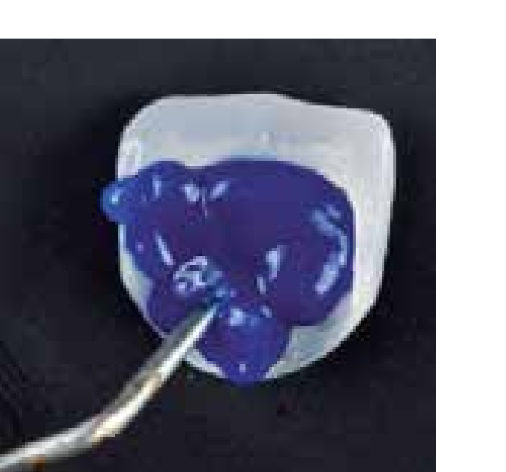
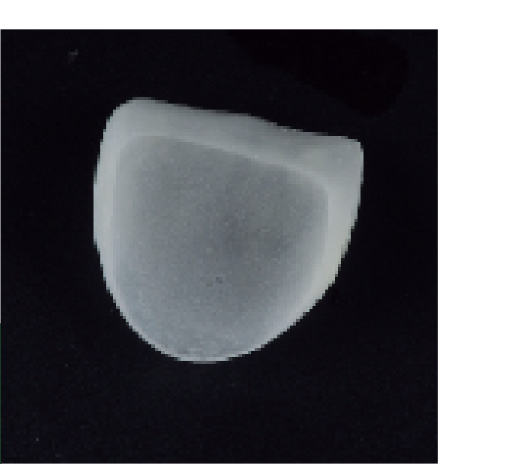
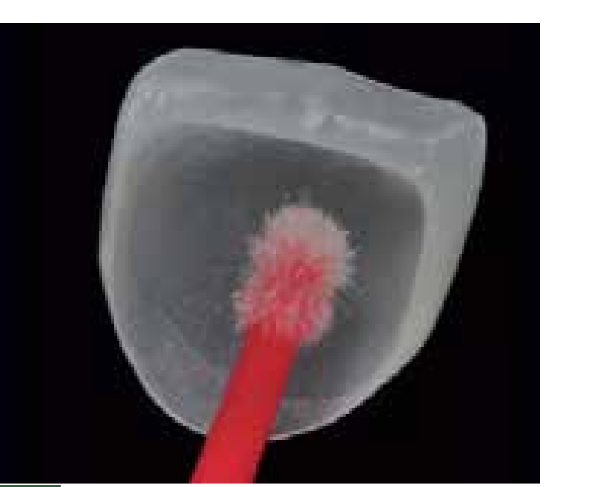
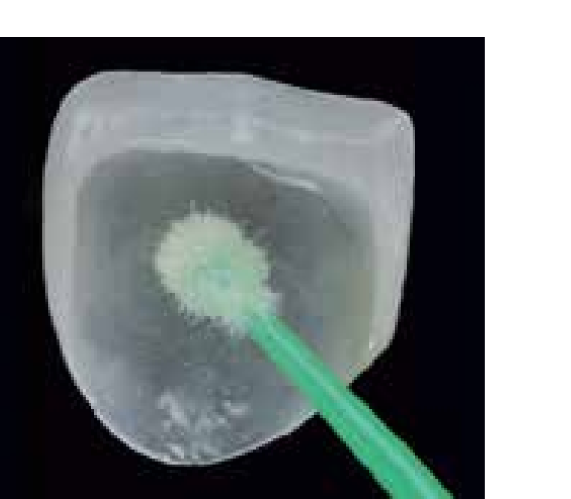
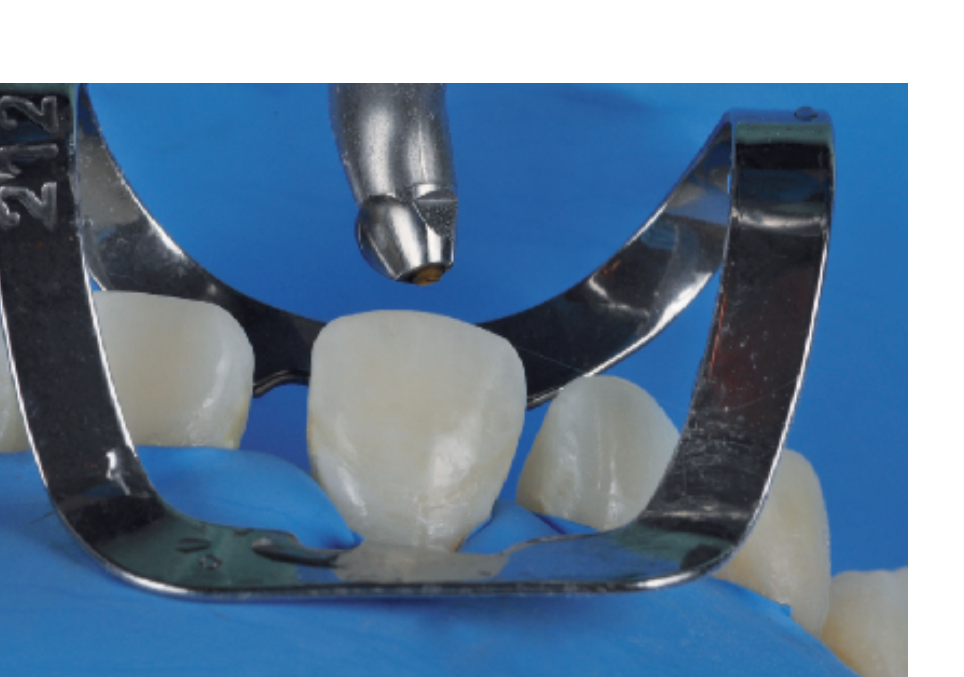
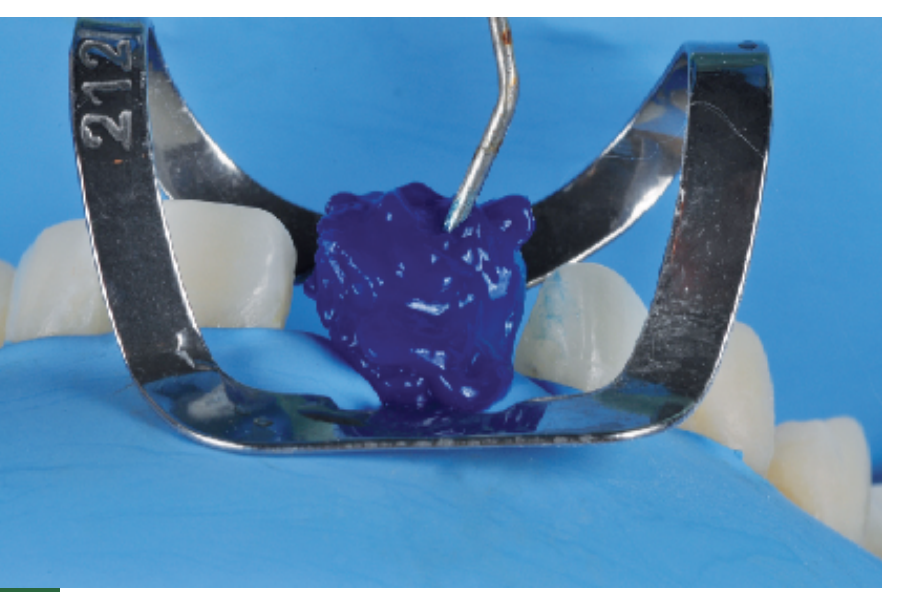
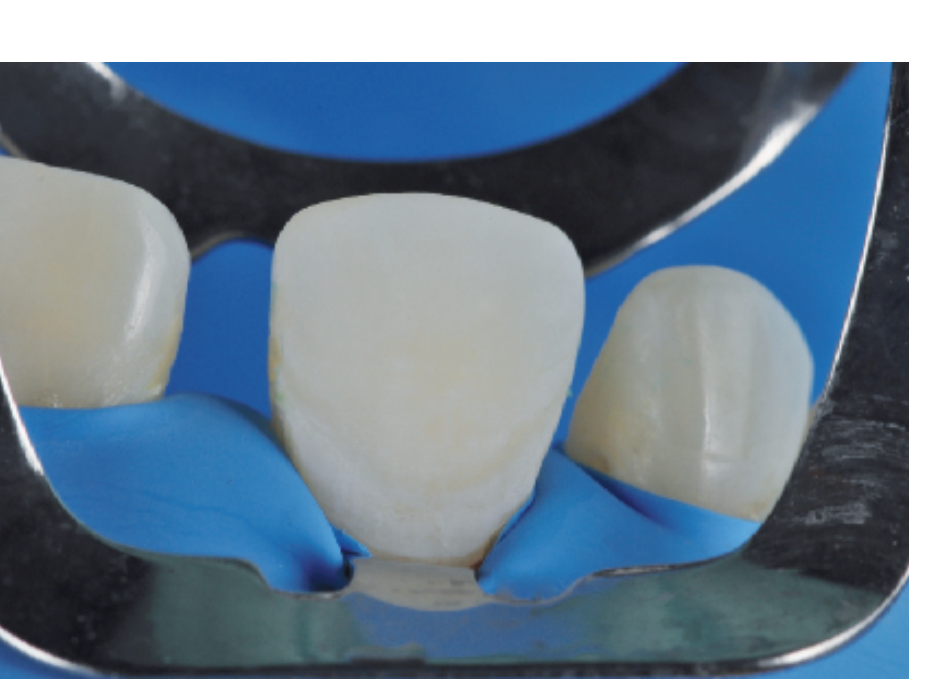
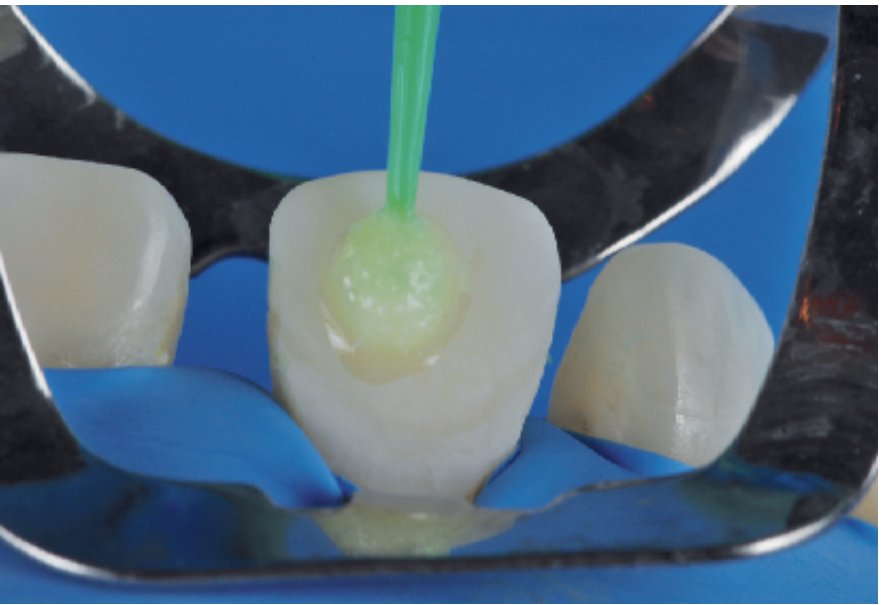
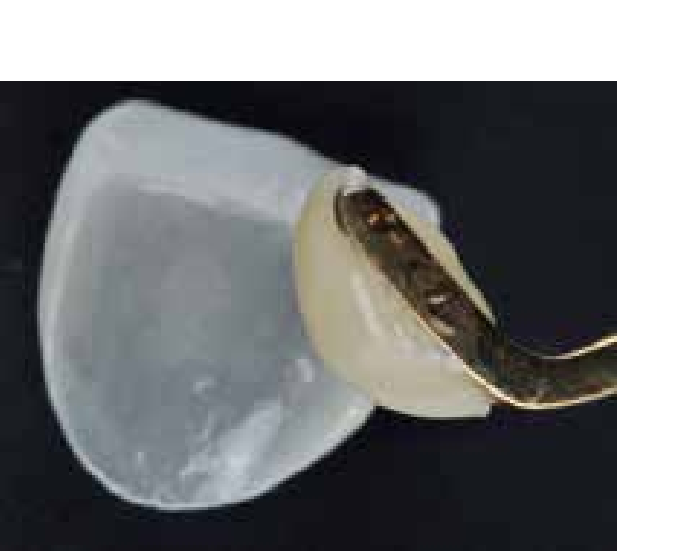
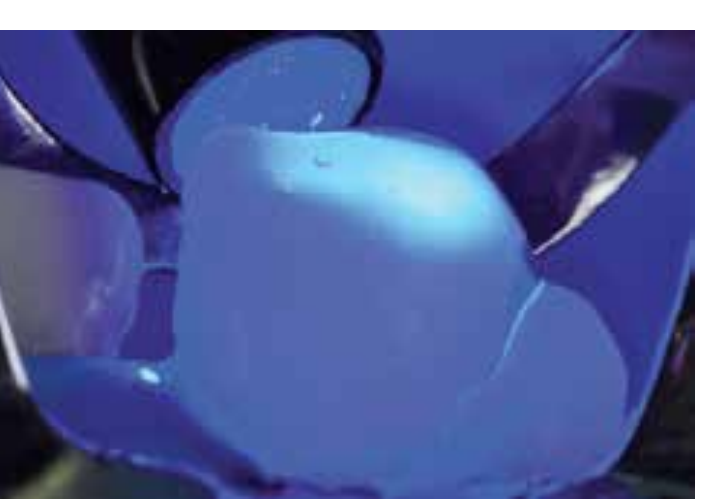
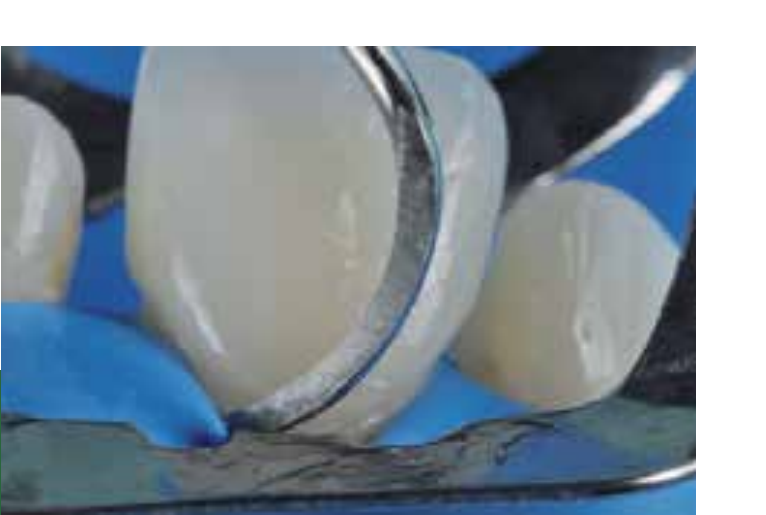
Preparation of ceramic veneers:
- Apply 10% hydrofluoric acid for 90 seconds, then rinse.
- Scrub with a microbrush and 37% phosphoric acid for one minute, then rinse.
- Clean in an ultrasonic cleaner for four minutes in distilled water or 95% alcohol.
- After drying, apply silane with a micro-brush for 20 seconds and dry.
- Repeat the previous step.
- Dry with a heat source (approximately 100 degrees) for two minutes.
- Apply Optibond FL adhesive.
- Apply a heated composite (Micerium HRI UD2) to the inner surface of the veneer.
- Seat the veneer on the tooth and remove the excess.
- Cure for 120 seconds (30 seconds on the palatal surface, 30 seconds on the vestibular surface, and repeat the process).
- Apply glycerin and cure for 60 seconds (30 seconds on the palatal surface and 30 seconds on the vestibular surface).
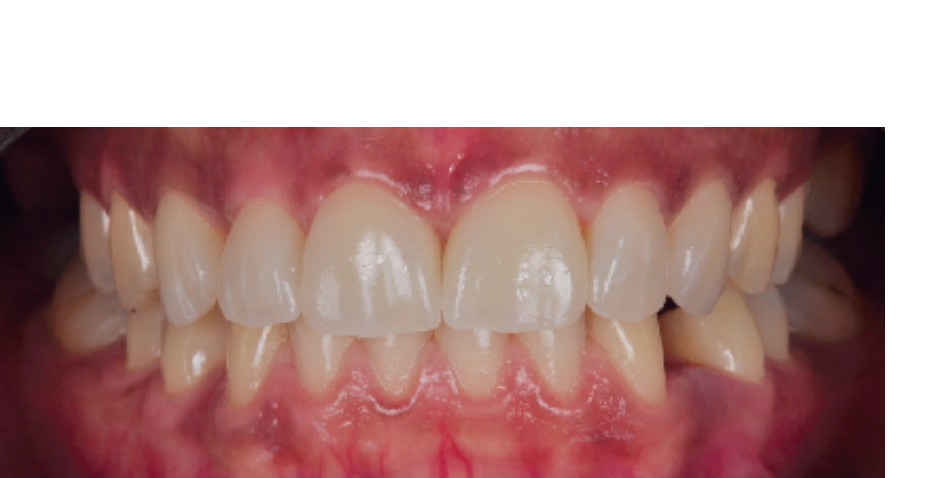
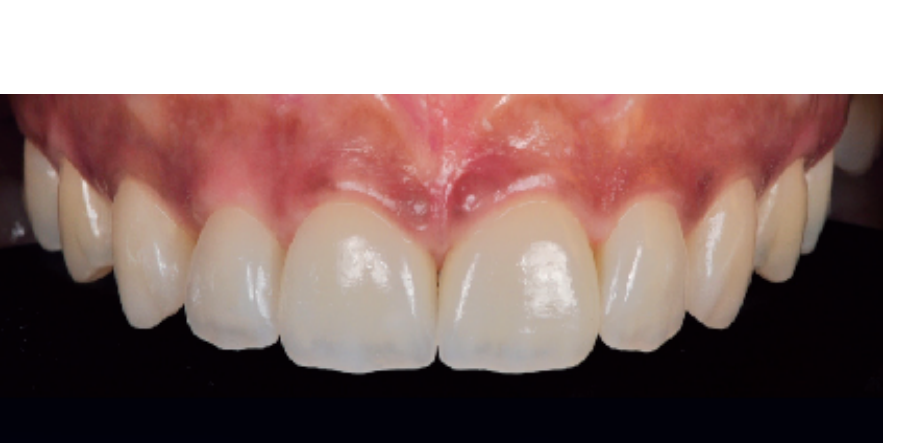
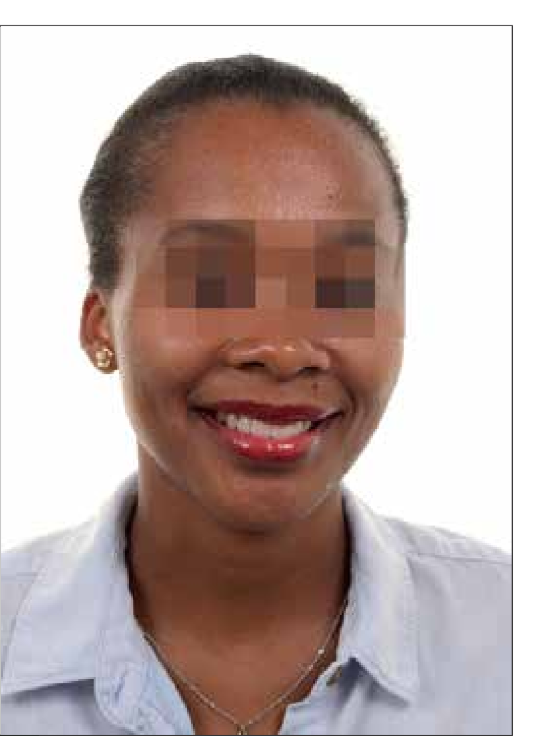
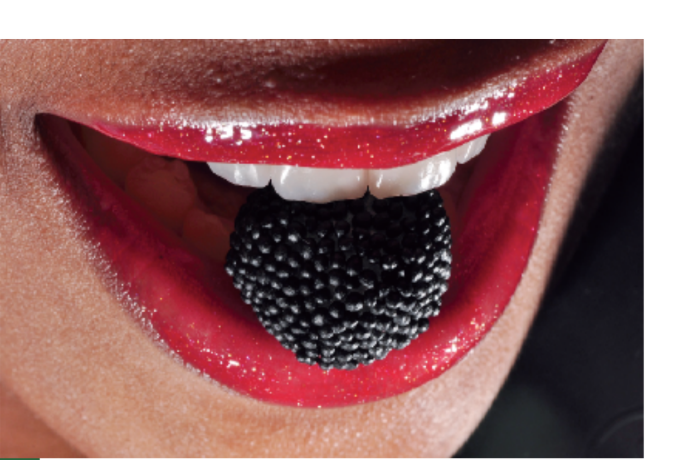
Discussion/conclusion
The use of no-prep ceramic veneers is a clinically challenging technique but with excellent results for patients, preserving the maximum amount of dental structure.
Digital planning tools allow for greater acceptance of procedures by patients and better communication between clinicians and dental prosthesis technicians.
The use of biomimetic principles allows for biological, aesthetic, and functional results in dental medical procedures.
João Mouzinho, Catarina Vitorino, Pedro Brito
References
- Layton DM, Clarke M, Walton TR. A systematic review and meta-analysis of the survival of feldspathic porcelain veneers over five and 10 years. Int J Prosthodont. 2012 Nov-Dec; 25(6): 590-603.
- Magne P, Belser U. Bonded Porcelain restorations in the anterior dentition: A biomimetic approach. 2002, quintpub.com.
- Magne P, Hanna J, Magne M. The case for moderate “guided prep” indirect porcelain veneers in the anterior dentition. The pendulum of porcelain veneer preparations: from almost non-prep to over-prep to non-prep. Eur J Esthet Dent. 2013 Autumn; 8(3): 376-88.
- McLaren EA, LeSage B. Feldspathic veneers: what are their indications? Compend Contin Educ Dent. 2011 Apr; 32(3): 44-9.
- Petridis HP, Zekeridou A, Malliari M, Tortopidis D, Koidis P. Survival of ceramic veneers made of different materials after a minimum follow-up period of five years: a systematic review and meta-analysis. Eur J Esthet Dent. 2012 Summer; 7(2): 138-52.
- Peumans B. Porcelain veneers: a review of the literature. Journal of Dentistry 28, (2000) 163-177. Tirlet G, Crescenzo H, Crescenzo D, Bazos P. Ceramic adhesive restorations and biomimetic dentistry: tissue preservation and adhesion. Int J Esthet Dent. 2014 Autumn; 9(3): 354-69.
- Vanlıoglu BA, Kulak-Özkan Y. Minimally invasive veneers: current state of the art. Clin Cosmet Investig Dent. 2014 Nov 28; 6: 101-7.
